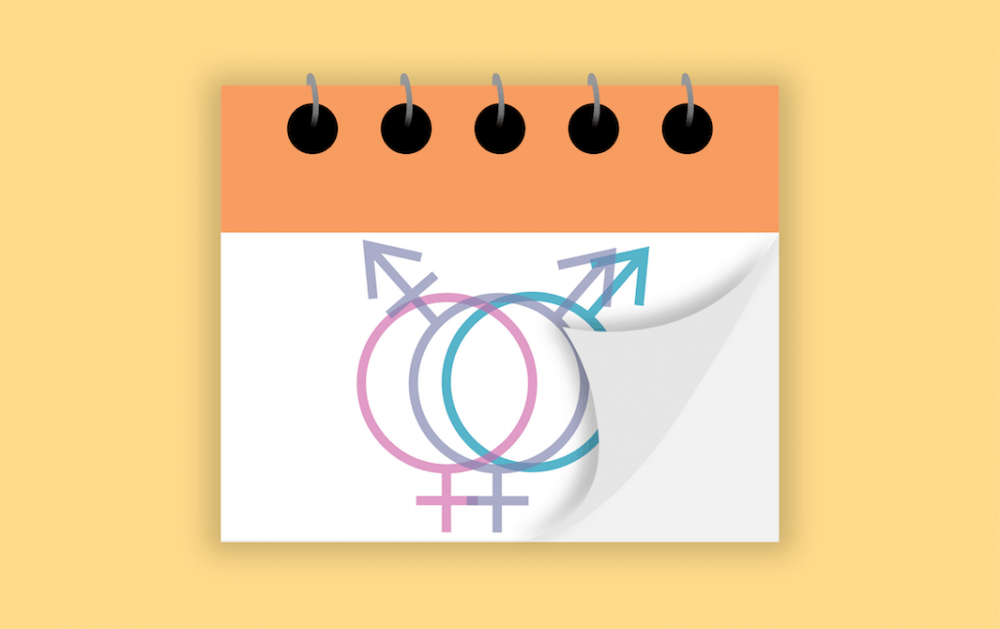With an incredibly diverse student body comes incredibly diverse ways in which ASU students can be marginalized.
It is crucial to consider the different ways our students and faculty are affected by factors of their personal identities — race, religion, class, sexual orientation and ethnicity. This concept is called intersectionality.
In recognizing the marginalized groups and demographics on campus, the University should strive to place more emphasis on intersectionality in order to account for all the social issues faced by students.
This could take the form of incorporating more intersectional dialogue in campus events throughout the academic year.
Nancy Jurik, a professor at the ASU School of Social Transformation, described the interconnected way that a variety of factors can influence as person’s level of inequality.
“Everybody is a human being,” Jurik said. “We have to look at everything, understanding that some factors make their lives different. Their income, their location in the world, their age, their sexual orientation, all of those things really make it different.”
Intersectionality goes beyond the inclusion of different oppressed groups and considers the various factors and environments by which some individuals might be oppressed and, simultaneously, others might be privileged.
Sujey Vega, an assistant professor of women and gender studies at ASU, said intersectionality has a lot to do with considering relationships between people and their environments.
“If we think about what intersectionality is, it is a relationship to an oppressive environment,” Vega said. “It is people with different identities as they relate to an oppressive environment or oppressive environments. And if it engages that conversation, then that’s a different story. It’s not just about inclusion.”
ASU celebrated HERstory Month throughout March, hosting different events such as screenings of the film "Hidden Figures," a women in STEM lunch event and an intersectional dialogue to encompass the wide variety of feminist issues which have and continue to affect women across the globe.
“Women’s History Month is an attempt to celebrate and account for the fact that women aren’t traditionally acknowledged in history, in literature, in civil rights fights,” Vega said. “Women’s History Month is an accountability month, so that it is holding us accountable to recognizing women in these other aspects.”
While intersectionality is a component of HERstory month, there should be more of an emphasis placed on the topic throughout the duration of the month. This year, there was only one day of dialogue focusing specifically on intersectionality.
Many of the important inequalities raised by HERstory Month are more than just gender issues. For example, there are several HERstory Month events challenging workplace inequity. However, this issue exists not only within gender, but within race as well.
While all of these issues are discussed separately, it is important to link all the different factors of oppression under one single environment.
“If we’re only looking at gender, that’s a single-axis issue,” Vega said. “Feminism has moved on from and should continue to move away from this, so we’re not just focusing only on gender as our only axis to oppression. There’s multiple oppressions happening on a body, not just the one.”
For example, several HERstory Month events challenge workplace inequity. However, not all women experience the wage gap equally, as pay inequality is influenced by race in addition to gender.
The U.S. Bureau of Labor Statistics reported in 2017 that in a comparison of full-time workers by median usual weekly earnings in 2016, black men earn less than white women, and unsurprisingly, Hispanic women, at the peak intersection of racial and gender pay differences, earn the least of all.
The wage gap, in addition to many other issues, exemplifies how belonging to different combinations of demographics affects the way people experience oppression under a common environment. Intersectionality in feminism reflects how both race and gender are feminist issues, because for women to have equality, they must be equal to each other, not just equal to men.
“Feminism has to move beyond just gender,” Vega said. “For so long, it was about women in particular fighting because they were excluded so much, but I think that women of color — black women in particular — really forced feminism to think outside of their gender-only box, really think about different types of oppression and how they impact a body.”
Our student body is too diverse to limit the discussion of oppression to one single risk factor.
ASU does focus on marginalized groups by observing Women’s HERstory Month, but the University should also strive towards representing all aspects of marginalization in order to better represent the diversity in our community.
“This is the intersectional question," Vega said. "If gender is the only marker of oppression that we are using, then we are not being intersectional ... But intersectionality asks us to look across different things and across different bodies.”
Reach the columnists at kalbal@asu.edu and rdougla3@asu.edu or follow @KarishmaAlbal and @rossdougla on Twitter.
Editor’s note: The opinions presented in this column are the authors’ and do not imply any endorsement from The State Press or its editors.
Want to join the conversation? Send an email to opiniondesk.statepress@gmail.com. Keep letters under 500 words and be sure to include your university affiliation. Anonymity will not be granted.
Like The State Press on Facebook and follow @statepress on Twitter.




